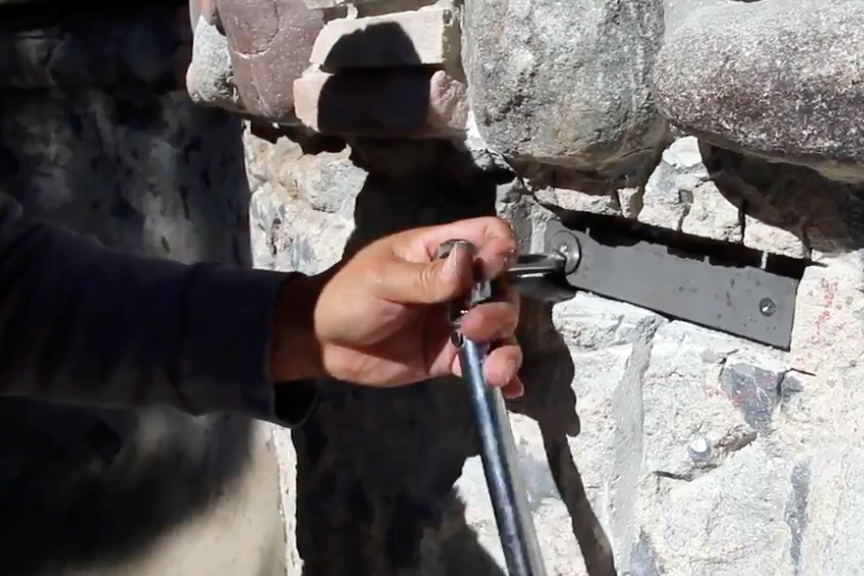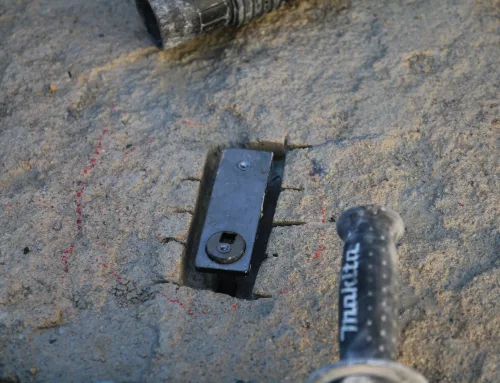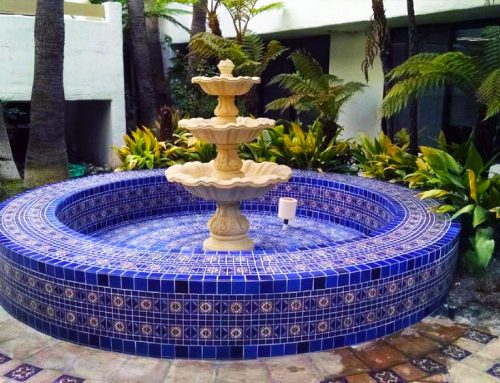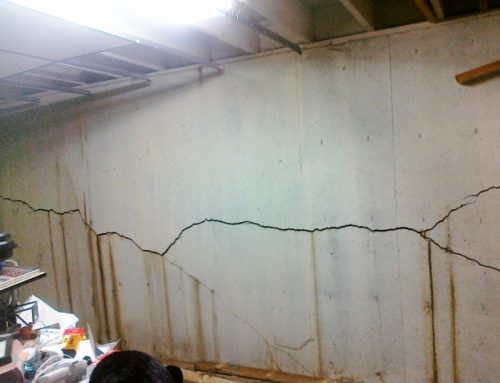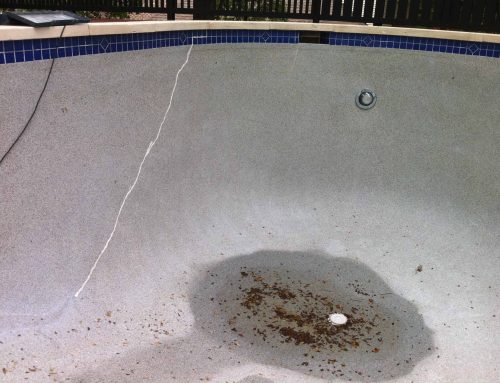This is a question I har a lot, and the answer is, no, epoxy injection alone will not make a permanent repair to your pools structural crack. While injecting epoxy through a pool shell will allow for epoxy to penetrate the shell and form a temporary seal around the back side of the shell in some instances, it isn't a stand-alone repair method by any means.
When a crack forms in your pool shell, it wants to spread because of the force being applied to what is now 2 separate sections of concrete. Be it the weight of the shell against the earth behind it, or the pressure of the dirt behind the shell pushing against the concrete, the crack is being forced to open up. it is literally being pushed apart by pounds upon pounds of pressure. To stop the pressure from pushing the concrete apart, you need to add a controlled compression against it, holding it from spreading apart. That controlled compression comes in the form of the patented Torque Lock Structural Staple, the only product on the market that can provide this compression. if it doesn't say Torque Lock, it isn't the real deal – hence, the patent.
Rebar doesn't provide compression. Cutting the pool apart and re- concrete doesn't stop the movement, and by all means – just injecting epoxy doesn't stop the movement.
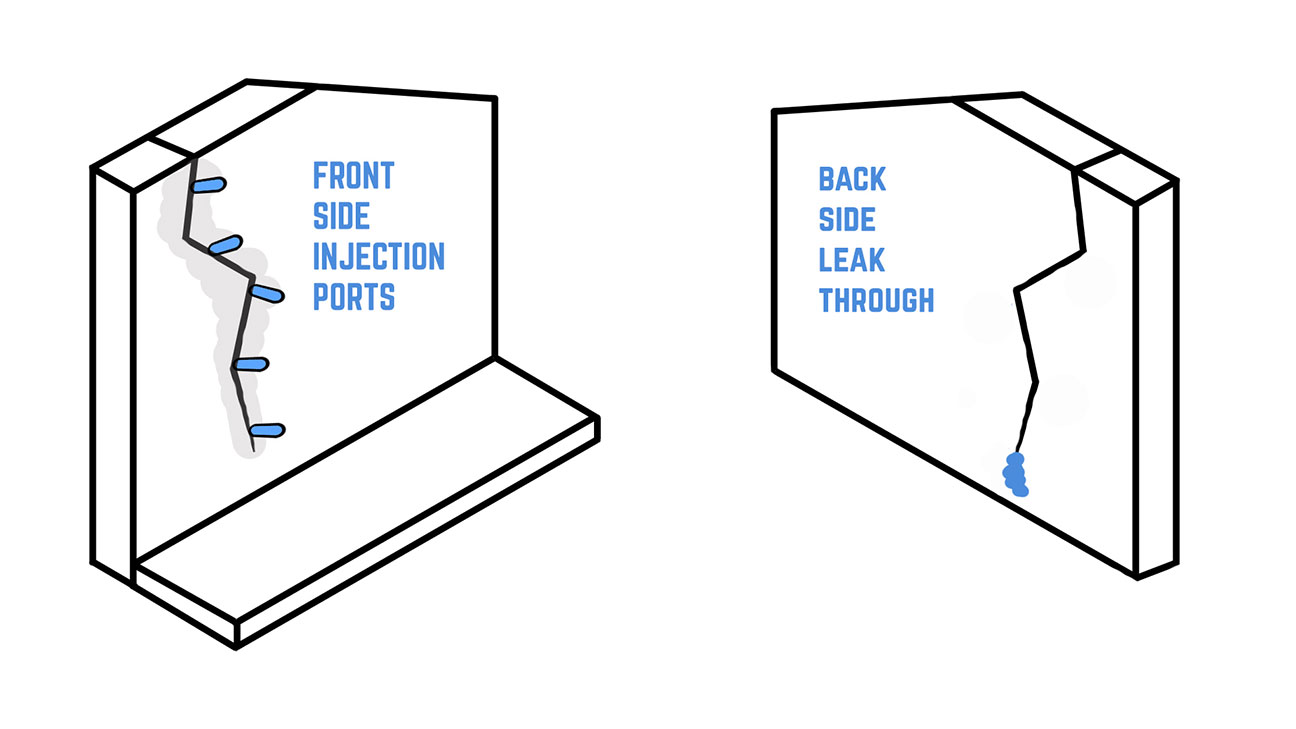
In regards to the injection of epoxy, this method has a number of drawbacks for sealing leaks in cracks. It also has zero capability of making a permanent repair. In the photo above, we are showing how typical injection on a vertical crack fails to completely fill a crack. Gravity draws the epoxy downward and the injected liquid epoxy runs down the inside and the back of the crack, settling at the lowest point of the crack and doing little or nothing to provide any kind of sealing at the top of the crack. That is one of the many reasons for consistent failure when using epoxy injection as a repair method for cracks.
When Torque Lock Staples are installed, the contractor has implemented the resistance necessary to stop cracks from separating or shearing and the concrete can be re-applied to fill the crack. By using the methods we describe in many of our videos, we sometimes cut a V channel along the crack to expose it a bit, allowing for a more complete penetration when making repairs. Some contractors, however, still want to use epoxy injection to penetrate the crack. While this isn't necessary, or beneficial, some contractors still want to take this added measure to put epoxy on the back side of the shell.
If the contractor has access to the back side of the shell, either by regular exposure in how the pool was built, or because they dug down the outside wall of the pool, than injecting epoxy into the crack from both sides would greatly help to fill the crack to the top with epoxy. Know, however, that the inside of the pool shell should still be covered with a hydraulic cement to ensure that the concrete has been properly repaired. The epoxy might have the potential to stop the concrete from forming a proper bond to the surrounding concrete, but some contractors still insist on injecting epoxy. It's user preference to add another step and potential for separation at the area of the bond.
Once the staples are installed, however, the potential for crack separation is reduced, and either finishing the job with hydraulic cement, as we show in our videos, or by injecting a liquid epoxy and then finishing it with hydraulic cement, the pool can be finished over and enjoyed without leaks in the crack.
Learn more about how Torque Lock Staples make permanent repairs in pools and spas, and get your Torque Lock Repair kits by calling 818-436-2953 or by visiting https://torque-lock.com.

